1873 Oesterreicher - McCormick Homestead
Introduction
Text-to-speech Audio
Built in 1873 by Thomas Oesterreicher from pine, cypress, and oak, the Oesterreicher-McCormick Homestead is the oldest and most recent addition to the History Park. The Palm Valley homestead is a classic example of Florida Cracker-style architecture, built from local materials to provide the most basic of shelter. The family also had a detached kitchen, as was common to keep the heat and threat of fire away from the main house. The McCormick Family, acquired the structure and surrounding property in 1936 following an earlier intermarriage with the Oesterreichers. Due to the threat from encroaching land development and as a result of efforts by the "Save the Cabin" campaign to preserve the structure, the McCormicks donated the homestead to the Beaches Museum, of which they were founding members. The cabin was transported from Palm Valley to the History Park in 2015. Following major restoration and a formal dedication, the cabin opened to the public in 2016.
Images
"Cracker" Homestead with Metal Roof
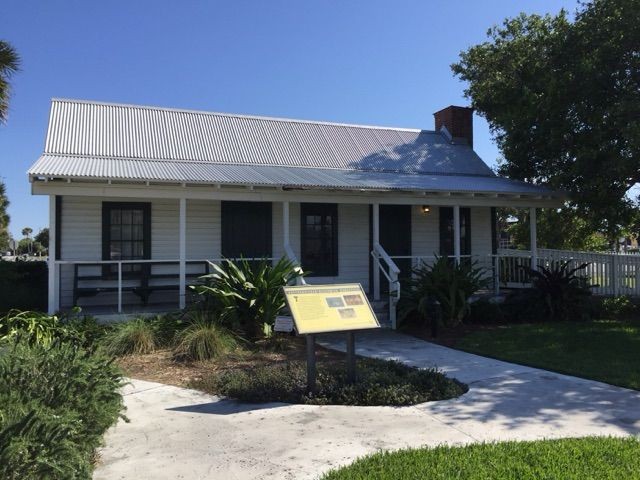
One of two outside porches typical of period rural cabins
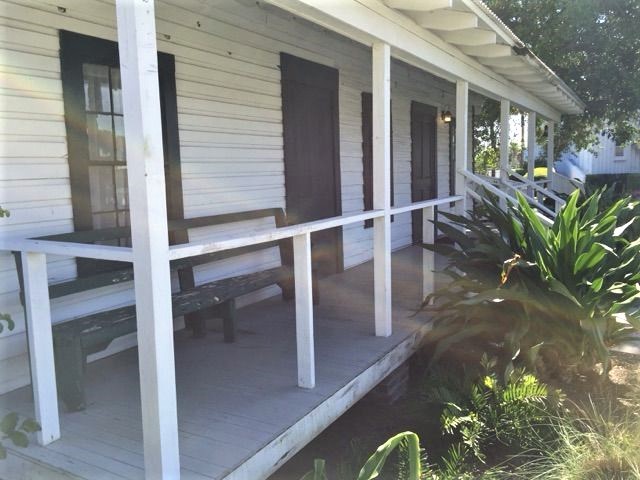
Original fireplace and hand-made family table
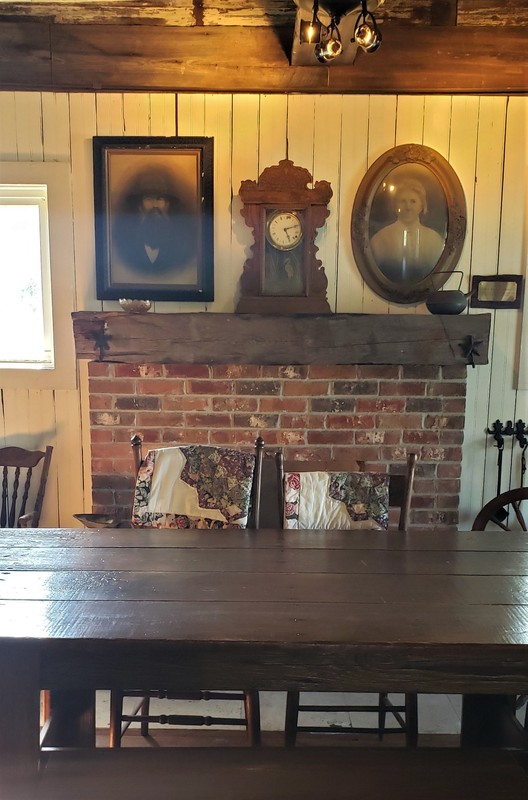
Thomas Oesterreicher and sons Jacob (l) and Clarence (r)
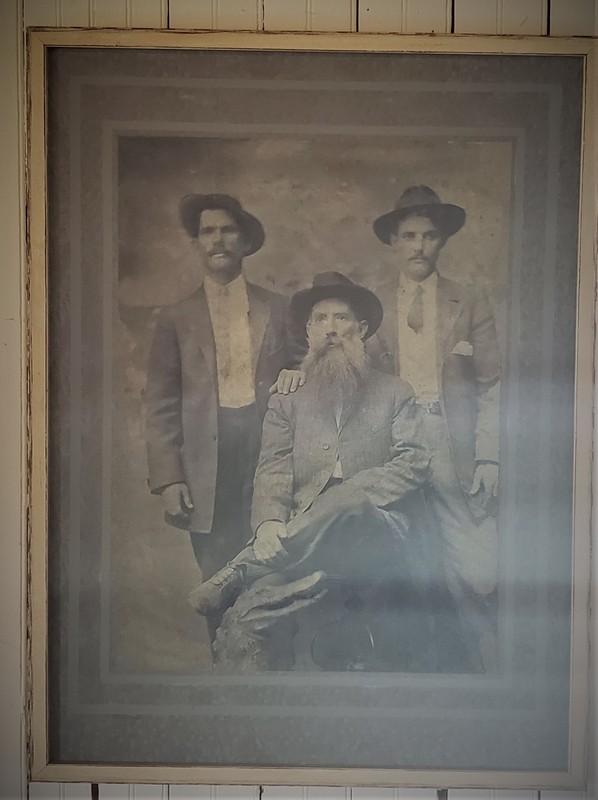
Native wildlife
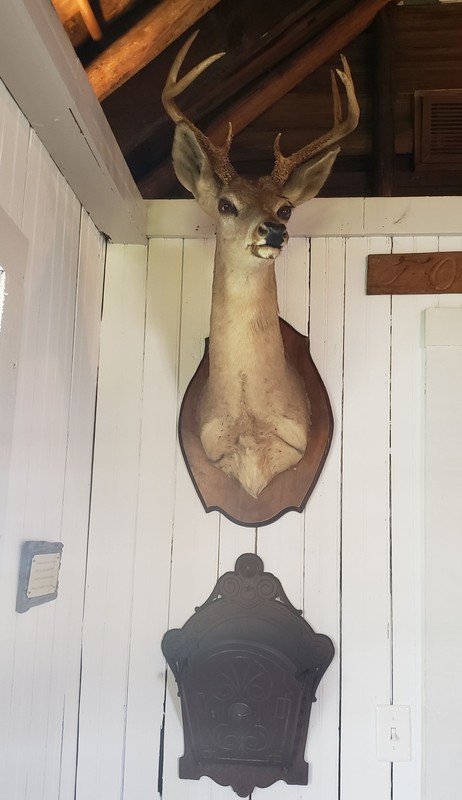
Cabin interior
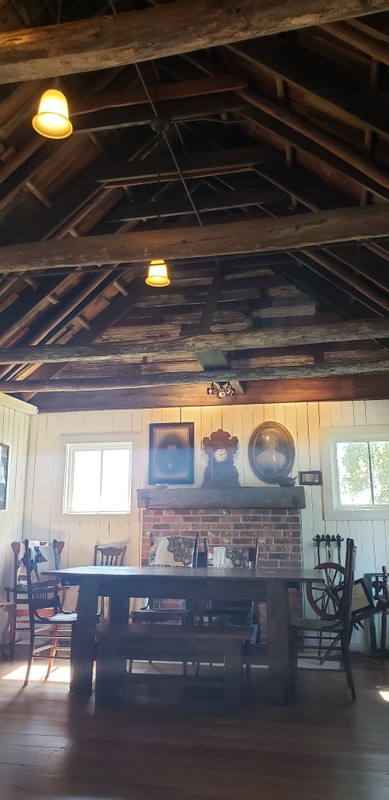
The cabin arriving at the History Park
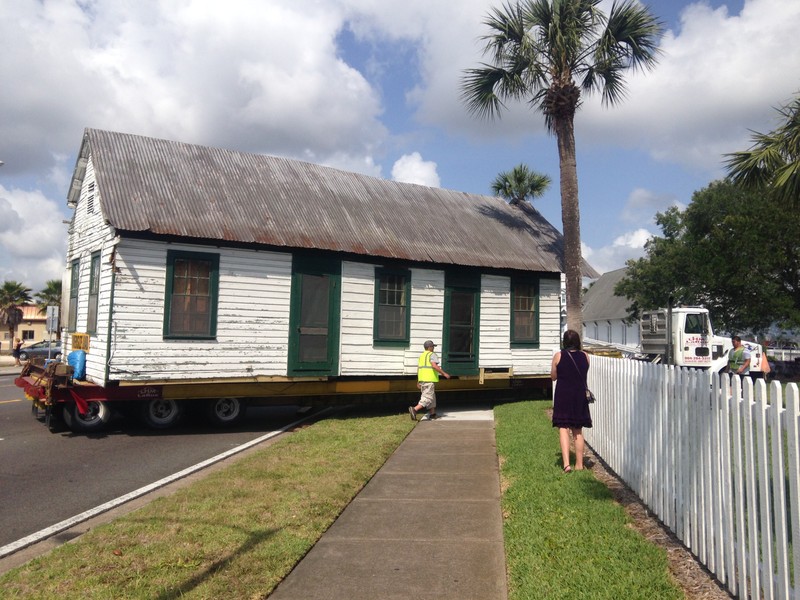
In place and awaiting renovation
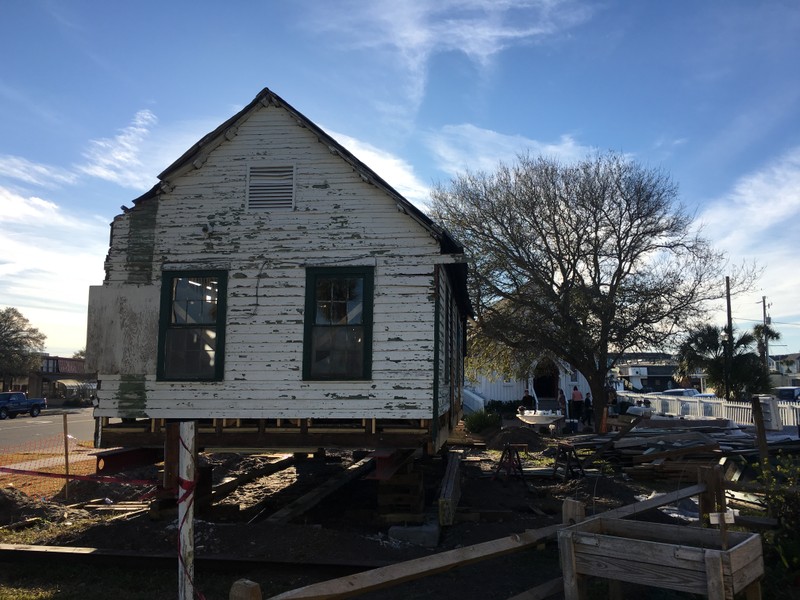
Opening Reception and Ribbon Cutting Ceremony
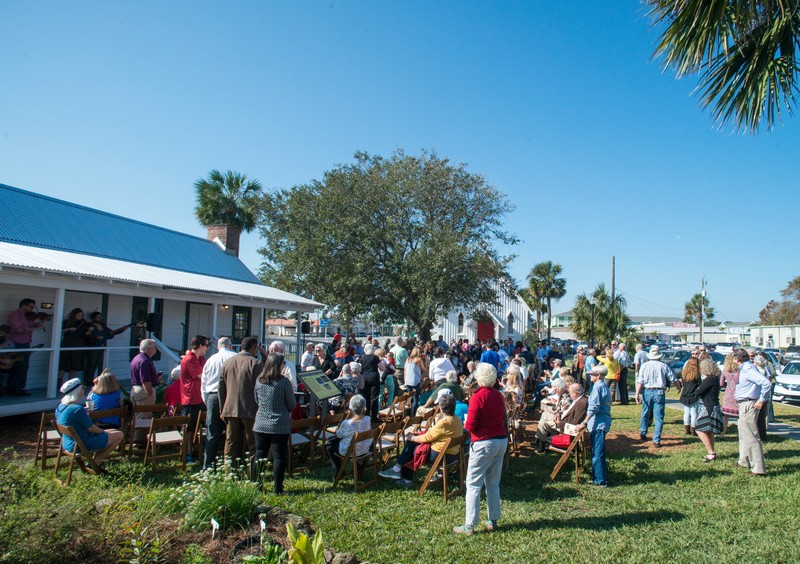
Beaches Museum Director Chris Hoffman, Family Members Jean McCormick, Suzanne McCormick Taylor, and Michel Oesterreicher
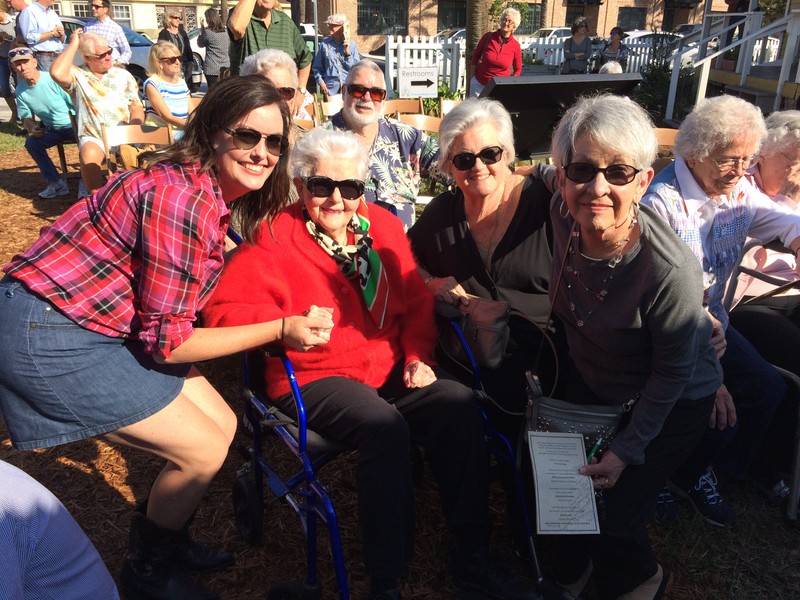
Backstory and Context
Text-to-speech Audio
The restored cabin displays the typical period "Cracker Style" country architecture: a metal (originally tin) covering over cypress shakes roofing, multiple windows for cross ventilation, and dual porches. The original homestead also included a physically detached kitchen that both reduced interior cabin temperatures and the fire hazard to the main building. An opened ceiling exposing wooden roof supports, a fireplace, and hand-made family table are authentic to the original structure. Other interior items representative of the era include a metal bath tub and pie cabinet. As in today homes, family photographs are prominently exhibited throughout the cabin. Those portraits, combined with cabin size and remoteness of the original location, hint at the lifestyle typical of rural northeast Florida around the turn of the 20th century.
Early life for the eleven-member Oesterreicher family consisted of long days and short nights devoted almost exclusively to subsistence living. The family -- children included -- hunted native animals and feral hogs, raised cattle left by the Spanish, gardened, cooked, sewed and mended clothes, and maintained the homestead. The children attended school i n Pablo Beach and made a long daily trek. Harvesting and selling palm fronds provided income that was used to purchase condiments, fabric, and other goods and services available in Jacksonville. When not working, the family gathered on the porch during the summer, the long table at other times, visited family and neighbors, and attended a monthly Saturday-night dance in Pablo Beach.
A more detailed account of the Oesterreichers and Northeast Florida country life as told by youngest son Hugie and his wife Oleta to their daughter Michel is available in a book written by Ms. Oesterreicher. It is titled "Pioneer Family". The book, cited below, is available for purchase in the museum gift shop.
In addition to its historic significance, the Oesterreicher-McCormick Homestead, with its modern air-conditioning, drinking fountains, bathrooms, and ADA-compliant ramps, serves as a ready room for brides and their wedding parties preparing for the exchange of vows in the museum's historic Chapel. Chapel concert performers also use the cabin as a green room. "Christmas in the Cabin", is a popular annual event open to the public, and is the theme of a private, catered dinner for 12 that is a recurring live auction item at the museum's major yearly fundraiser.
Sources
Marshall, Jasmine. Beaches Museum and History Park dedicates Oesterreicher-McCormick cabin, . December 1st 2016. Accessed May 9th 2020. https://pontevedrarecorder.com/stories/beaches-museum-and-history-park-dedicates-oesterreicher-mccormick-cabin,2588.
Beaches Area Historical Society - Beaches Museum and History Park. Extended and Standard Docent Guides. Additional Details. January 1st 2016. 16 - 17.
Scanlan, Dan . Watch: 142-year-old cabin moved to Jacksonville Beach for restoration, The Florida Times-Union. May 12th 2015. Accessed May 9th 2020. https://www.jacksonville.com/article/20150512/NEWS/801245127.
Oesterreicher, Michel. Pioneer Family. Volume 1. Tuscaloosa, Alabama. The University of Alabama Press, 1996.
Beaches Museum
Beaches Museum
Beaches Museum
Beaches Museum
Beaches Museum
Beaches Museum
Beaches Museum
Beaches Museum
Beaches Museum
Beaches Museum
